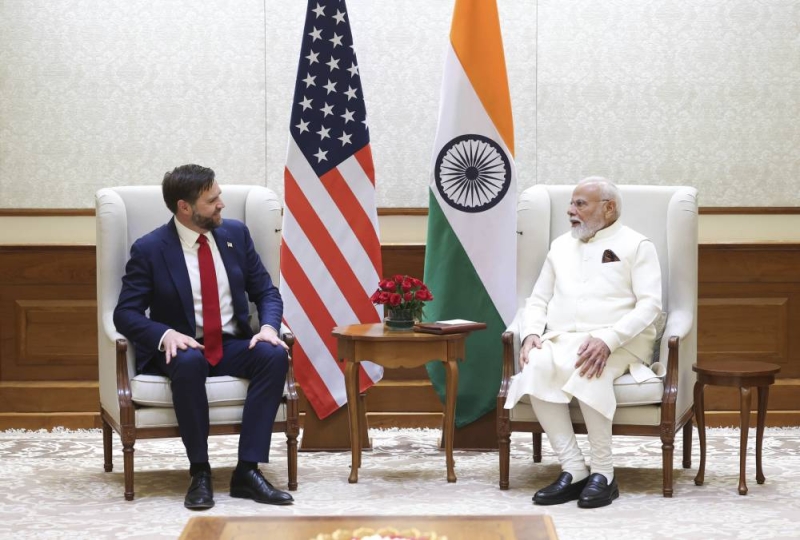EDITORIAL: Far from it
EDITORIAL: Far from it
Published: 05:45 am Aug 16, 2016
The use of parliamentary whips too often makes the vibrant role expected of lawmakers increasingly irrelevant In a parliamentary system of governance the parliament is supreme, exercising on behalf of the people the sovereignty vested in them. Since after 1990, the country has adopted a parliamentary system. That means that if democracy is to be strengthened and the people are to feel a strong sense of ownership of the political system, the parliamentary practice needs to be improved much. Active and informed debates should take place in the parliament where many viewpoints may be offered and synthesized. Ideally, the merits of the issues and problems should be accorded high priority by all members. But we are far from it. It has been a political trend in Nepal that leaders, including major leaders of major political parties, and the members of parliament in general take much less interest than they should in all the proceedings of the parliament, as their frequent absences from parliamentary meetings testify. The seats of the parliament often wear a deserted look, except when major decisions have to be made, such as the voting on the choice of a new prime minister or on the bills tabled particularly when political parties take special interest in them for one reason or another. Is the parliament meant for just this very limited role? The parliament’s function as a lively debating forum for the main issues of the country and the people has not been raised to a high level. Sometimes parliamentary meetings cannot take place for lack of quorum. Then how credible is the claim of the political parties that they are accountable to the people and they are much concerned about the problems of the people and the country? There are political parties of different hues in the present parliament as well, with their different levels of commitment to the parliamentary system. The Maoists come towards the bottom of this scale of officially pronounced commitment but the Nepali Congress towards the top, with the CPN (UML) considered to be somewhere in between. It was because of the stand the NC took at the time of constitution making that the parliamentary system has been embraced as a compromise in the new Constitution. That puts the greatest responsibility of making the parliamentary system healthy and vibrant on the shoulders of the NC. But sadly the NC leaders and lawmakers in general have proved no better. Data published in the past about the time given by lawmakers to discussion of issues in the parliament and their absences from parliamentary meetings and debates depict an appalling situation. To take the latest example, Sunday’s meeting of the parliament lasted only 40 minutes for lack of sufficient business from the government, and the lawmakers did not show much interest in participating in the Zero and Special Hours, either. The use of parliamentary whips too often makes the vibrant role expected of lawmakers increasingly irrelevant and makes the parliament a rubber stamp of the leaderships of the political parties. Except on some certain vital matters, lawmakers should be allowed to speak out of their conscience and even to vote accordingly in the parliament if the parliamentary practice is to recover greater credibility among the Nepalese masses. Time to act A high alert has been sounded by the Dharan based BP Koirala Institute of Health Sciences and the Epidemiology and Disease Control Division under the Department of Health Service after two children died from the dreaded scrub typhus recently. Blood samples taken from the two have tested positive for the disease. At least 11 children have been admitted to the BPKIHS who are also suspected to be suffering from scrub typhus. Since then more infections have been reported. This ailment can be treated with timely medication. There are health facilities providing free medicines for the disease. But any delay in providing the necessary treatment could result in more children dying from this zoonotic disease. The two children were in a critical state so their lives could not be saved. The symptoms of the disease include fever, headache, cough, abdominal pain, nausea and vomiting. As the disease is transmitted to humans by some species of trombiculid mites which are as small as 0.2 to 0.4mm and visible with a microscope and magnifying glass all those at high risk in particular should have their blood samples collected to see if there are any deadly mites.




